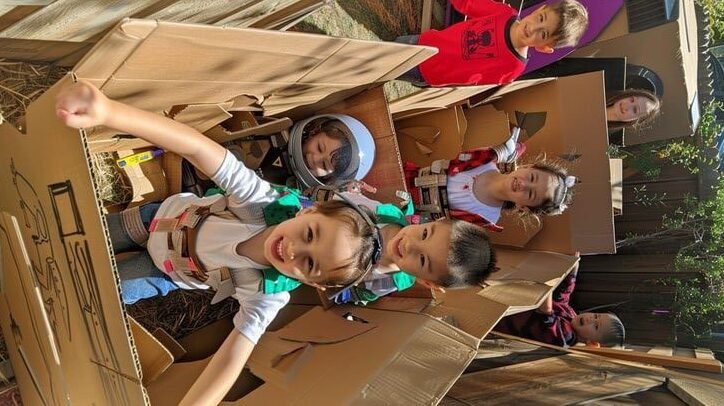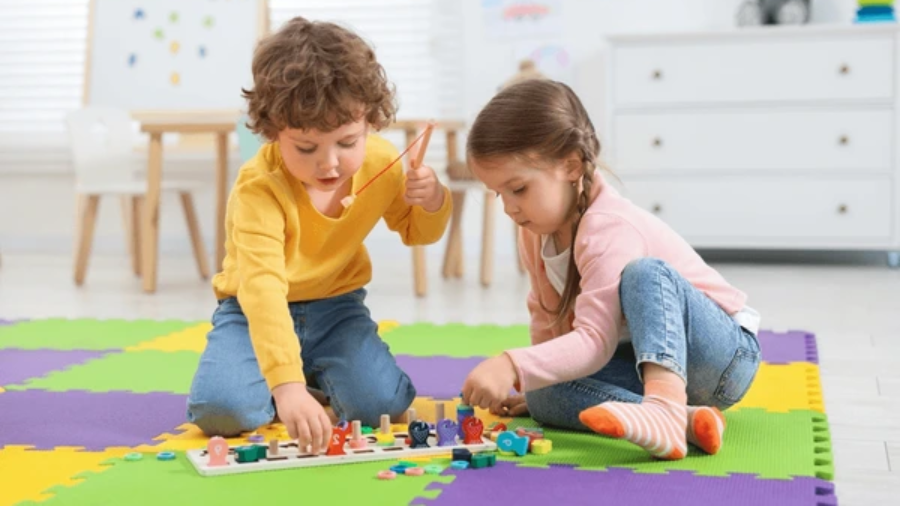Every child deserves a place where imagination blossoms, safety is assured, and development flourishes. In today’s fast-paced, screen-saturated world, parents often ask: How can I help my child thrive at home, emotionally and cognitively? The answer begins with the intentional creation of safe and stimulating play spaces at home. These are not just “fun” corners—they are the emotional and developmental foundation for healthy childhoods.
Whether you have a small apartment or a backyard, the way you design play spaces can profoundly impact your child’s social skills, emotional regulation, creativity, and confidence.
Why Play Spaces at Home Matter for Childhood Development
Play is not a luxury—it is a biological necessity. Research from the American Psychological Association shows that unstructured, child-led play supports autonomy, enhances resilience, and fosters executive function. These core skills influence a child’s ability to self-regulate, solve problems, and build relationships later in life.
Children who engage regularly in meaningful play also display better emotional intelligence, especially when play occurs in environments where they feel both safe and empowered to explore.
The Psychology of Safe Play Environments
Children’s brains are wired for exploration. But exploration must occur within safe parameters. According to the Centers for Disease Control and Prevention, outdoor play spaces help children develop physically while also supporting risk management—a vital skill for emotional resilience.
However, when environments feel unsafe or overstimulating, children may shift into a state of hyperarousal, activating stress responses that interfere with learning and play. This is why it is essential to strike a balance between sensory stimulation and emotional security.

Design Principles for Safe and Stimulating Home Play Spaces
Creating the right environment does not require expensive tools or large spaces. It calls for thoughtfulness and emotional insight. Use these core principles as your guide:
1. Safety First: Anchor, Soften, and Secure
• Anchor bookshelves and furniture to prevent tipping
• Use corner guards and floor padding, especially for toddlers
• Keep choking hazards and breakables out of reach
• Regularly inspect for mold, loose screws, or peeling paint
The Consumer Product Safety Commission’s Handbook provides thorough guidelines on how to prevent injuries in home-based play areas, especially outdoor ones.
2. Stimulate the Senses, Gently and Purposefully
Children thrive when environments engage multiple senses without overwhelming them. Consider introducing:
• Soft fabrics, sensory bins, and water tables
• Warm lighting instead of overhead fluorescents
• Gentle nature sounds or calming instrumental music
• A mix of textures: plush rugs, smooth blocks, kinetic sand
Introducing a dedicated sensory space—even a small corner—can support children with emotional regulation needs. A sensory room can offer therapeutic benefits for neurodivergent children or those experiencing trauma or anxiety.
3. Encourage Independent and Social Play
Play spaces should evolve with your child’s needs. Include:
• Quiet nooks for solo play and reflection
• Open areas for imaginative group play
• Props like dress-up clothes, blocks, or puppets
• Easily accessible storage to promote autonomy
If you are thinking about how play intersects with emotional health, explore Understanding Emotional Dysregulation in Children for insights into how environment affects behavior.

Outdoor Play: Expanding the Boundaries Safely
Outdoor play is crucial—but safety must be prioritized. The Head Start Early Childhood Learning & Knowledge Center outlines best practices including fencing, shaded areas, and shock-absorbing surfacing.
Incorporate natural elements like:
• Logs, tree stumps, or garden patches
• Mud kitchens or water pumps
• Mini climbing structures with supervised risk-taking
These outdoor features nurture creativity and resilience, helping children build confidence while staying physically active. If your child shows signs of hyperactivity or sensory overload, review Calming Techniques for Anxious Children for environment-based strategies to promote inner balance.
Adapting to Small Spaces and Tight Budgets
You do not need a playroom to create a play haven. Use these tips to make the most of what you have:
• Rotate toys to keep experiences fresh
• Use foldable furniture or hanging organizers
• Re-purpose cardboard boxes or laundry baskets for imaginative play
• Introduce vertical play areas (wall-mounted boards or art corners)
Remember, the goal is not Pinterest perfection. It is emotional safety and cognitive engagement.

Emotional Safety: The Invisible Wall Around Every Play Space
Even the most well-designed environment cannot replace emotional attunement. Your presence, encouragement, and willingness to follow your child’s lead are what truly make a space feel safe.
When children feel emotionally secure, they take more creative risks, express more freely, and feel empowered to explore the world around them. For further reading on emotional security, see Secure Attachment: What Every Parent Should Know to deepen your understanding of the parent-child bond in daily routines like play.
Conclusion: Building Foundations Through Play
Creating a safe and stimulating play space at home is not about perfection—it is about intention. It is about seeing your home through your child’s eyes and offering an environment that protects, nurtures, and inspires. By balancing safety, sensory engagement, and emotional responsiveness, you offer your child more than a place to play. You offer them a place to grow into who they are meant to become.



Add a Comment